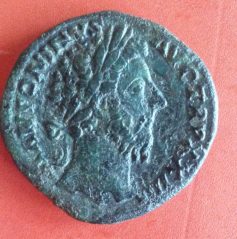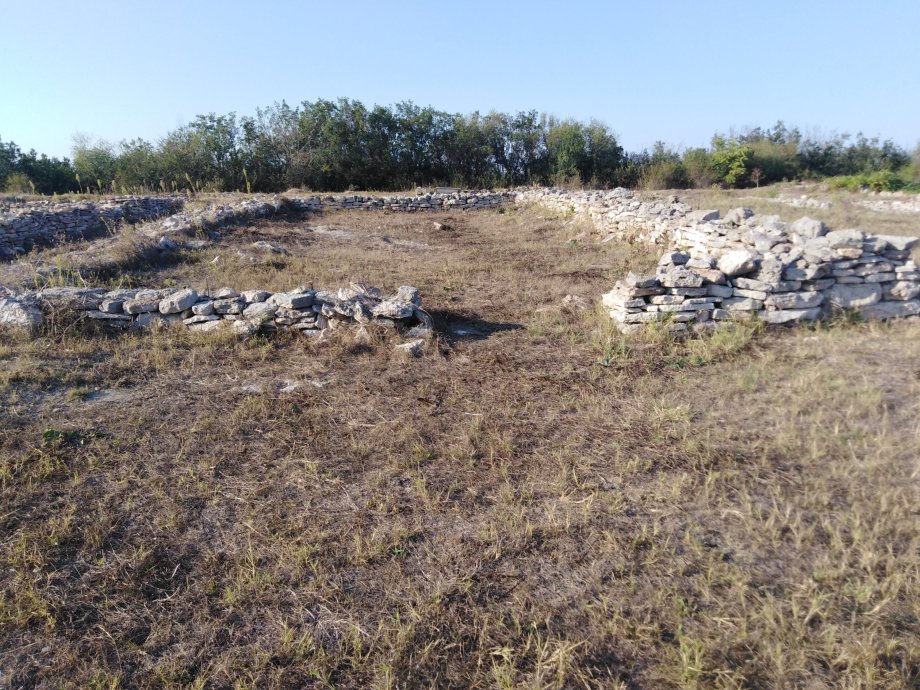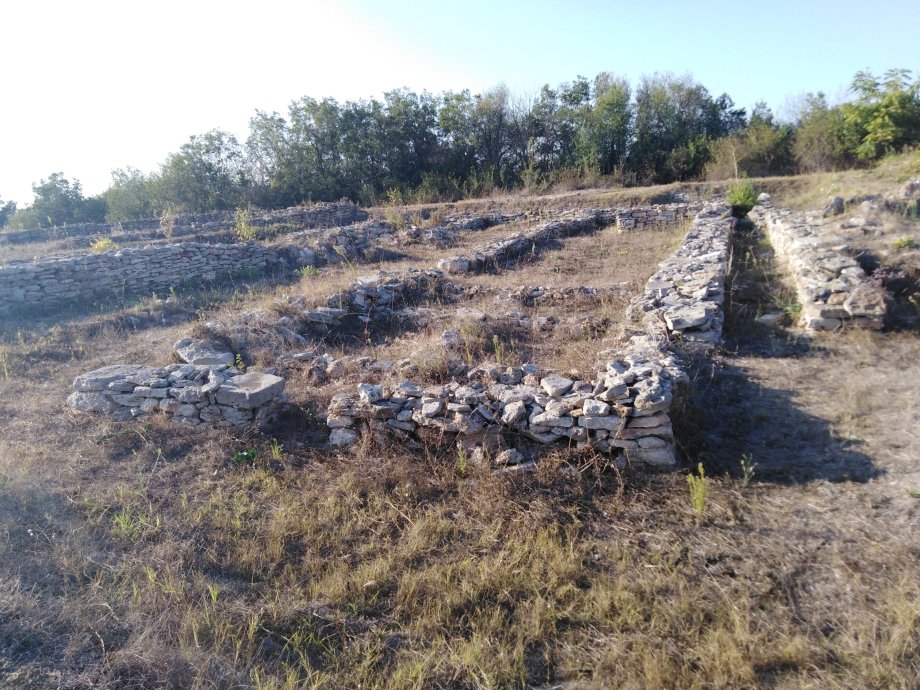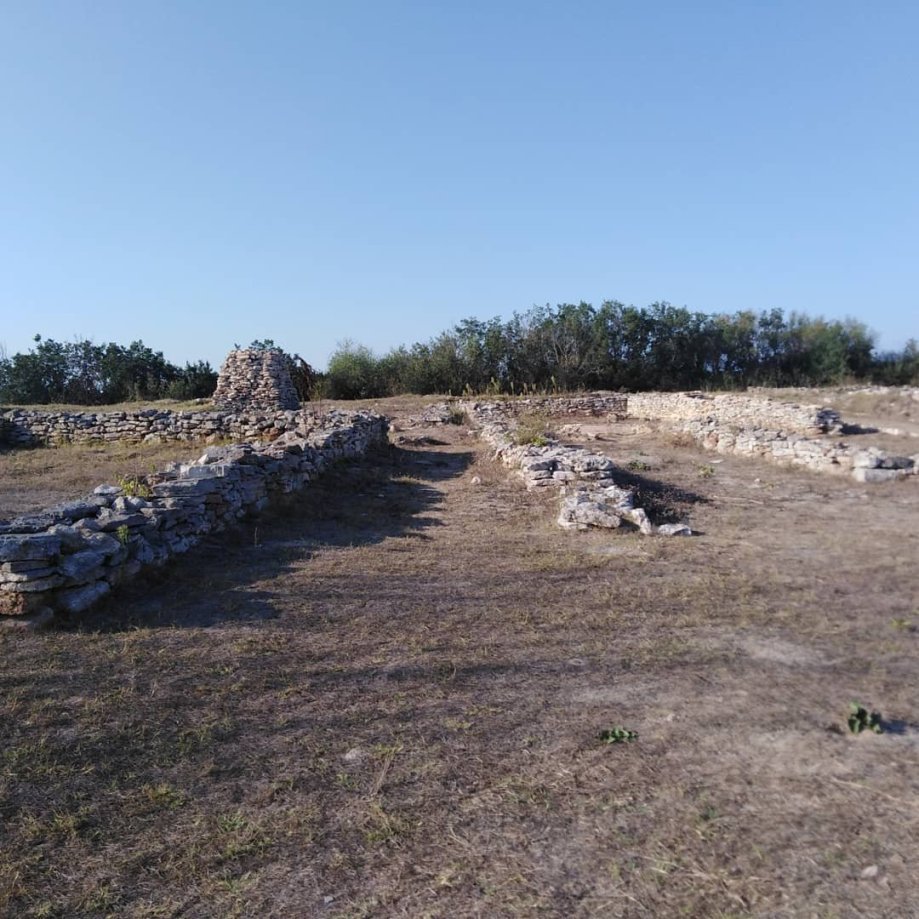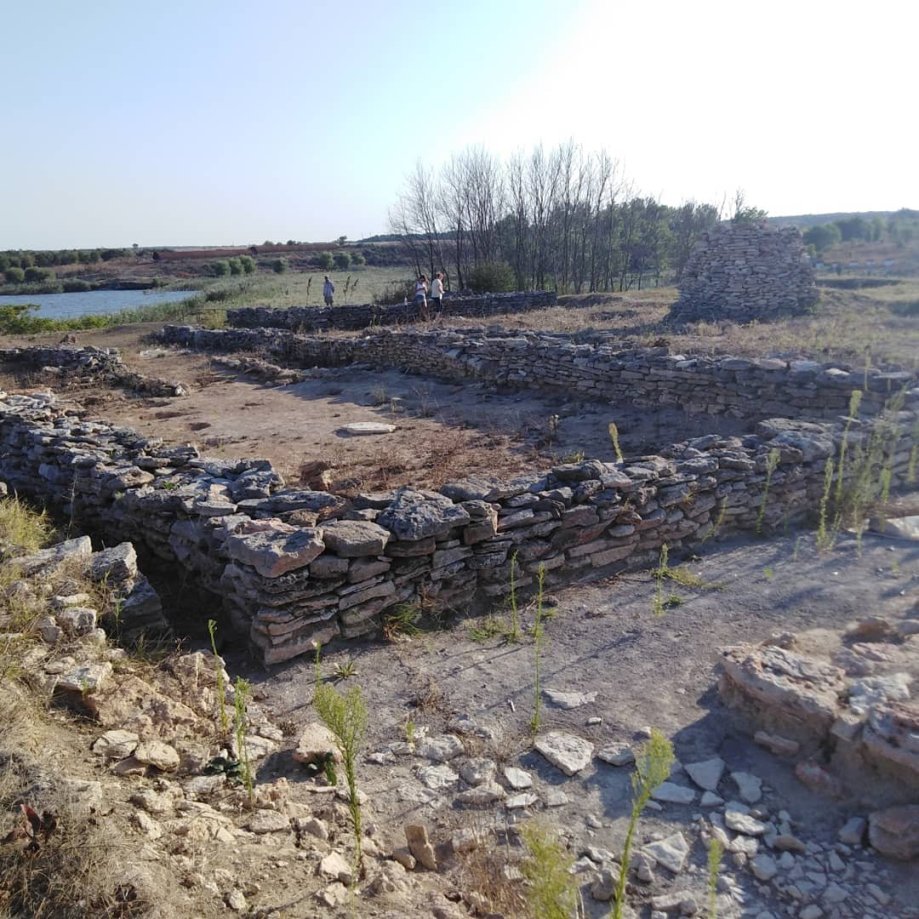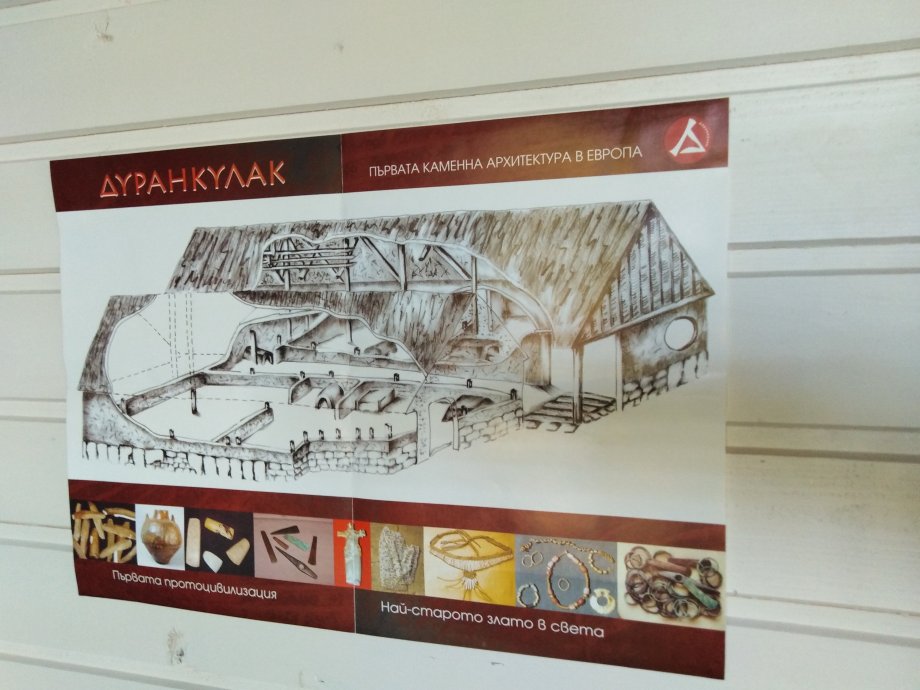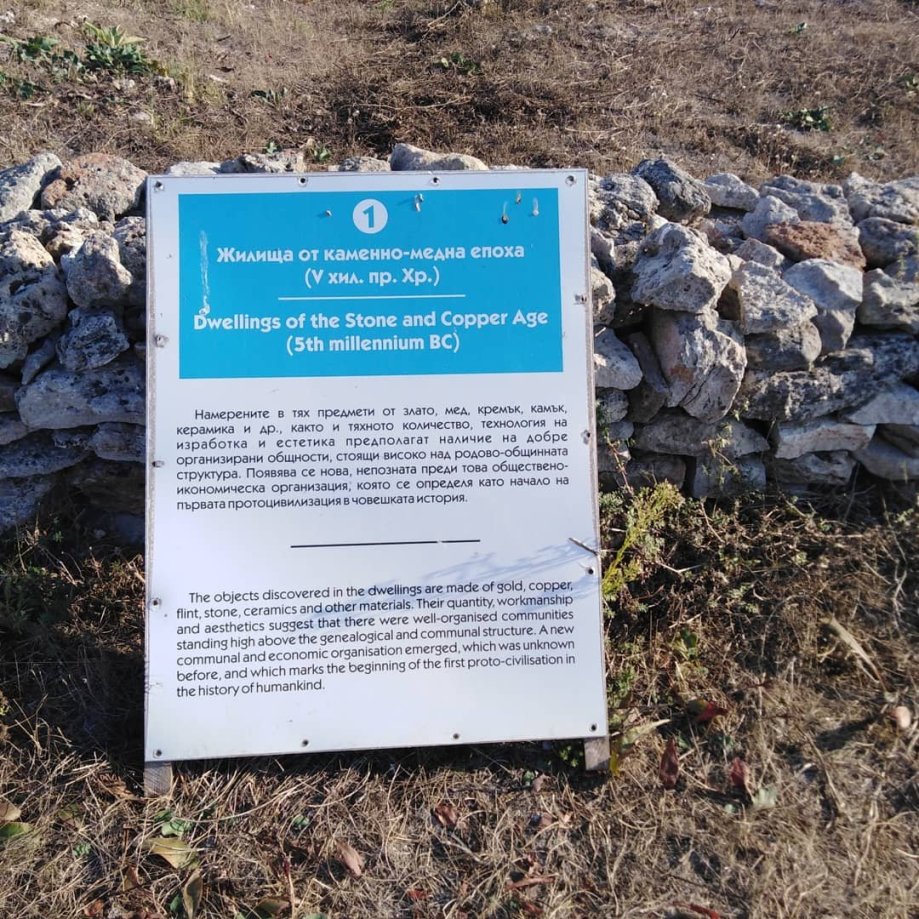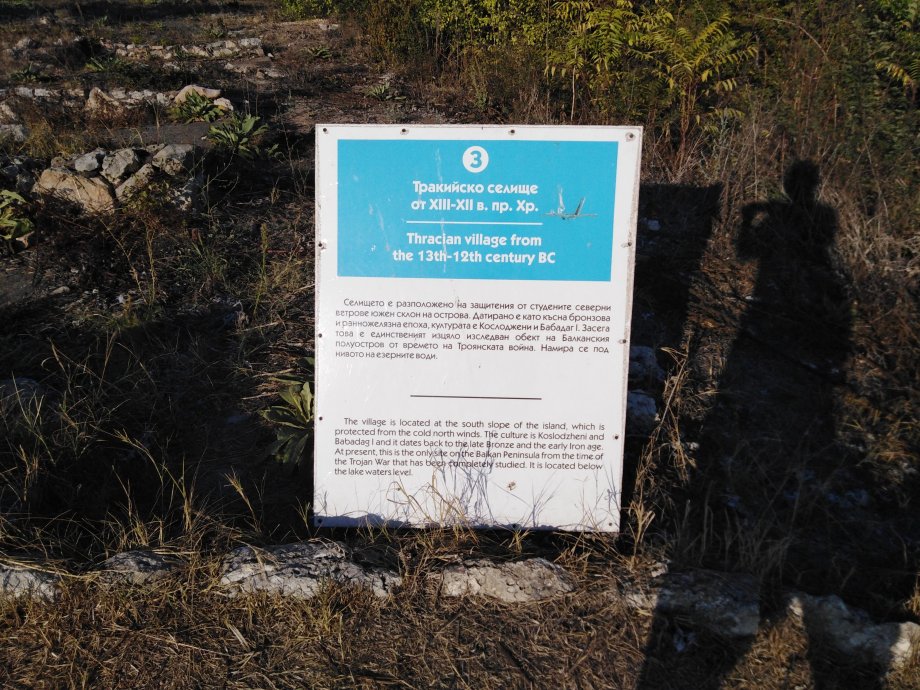“……nota aeris eius fuit ex altera parte Ianus geminus ex altera rostrum navis….” (Plinius Senior, Historia Naturalis, Liber XXXIII)
(M. Valentini) – The As (As, Assis) was the basic unit of the Roman monetary system. It was a bronze or copper currency (a cast coin in the beginning and a struck coin later, after the reduction of its weight).
Originally, an As likely weighed between 327 and 270 grammes, i.e. it was linked to the Roman pound standard, the libra (actually the pound in grammes of a Roman libra is still uncertain, it is believed to be in the range 327-350 grammes, while the so-called Latin libra weighed about 270 grammes). Such a heavy cast bronze coin was called “Aes grave” (Aes, Aeris in Latin means bronze or copper). It was the first circular Roman currency which followed the so-called Aes signatum, a rectangular ingot bearing a mark of the Roman authority weighing between 1.15 and 1.85 kilos (i.e. about 5 librae). At least for a certain period, the Aes grave and the Aes signatum circulated in parallel as legal tender.
The introduction of the Aes grave is also uncertain. Traditionally, it is believed that the Aes grave could be already used around the 450 BC while more recent studies suggest that it could be introduced after the 350 BC.


